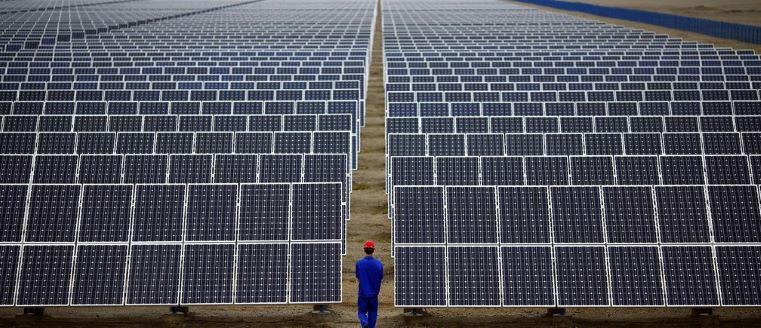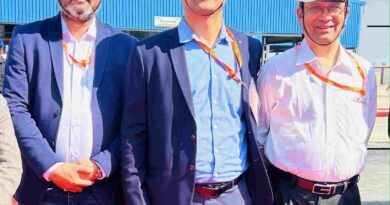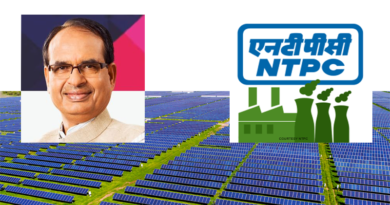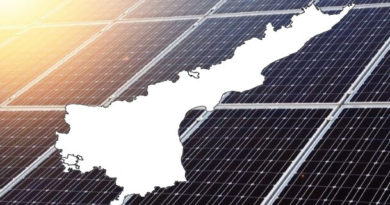R.K Singh Holds Out Hope for Renewables Growth With Promise To Shut Coal Plants
India, which faces a crisis of demand, even as it seeks to replace coal with renewables in its electricity grid, needs to consider multiple approaches to sustain renewable energy growth.
 Another one coming up in Rajasthan
Another one coming up in Rajasthan
Union Power and MNRE minister R.K. Singh, assured delegates from the renewable energy industry on the future , at a conference organised by his ministry. He pointed out that retirements of coal fired plants continues at pace, with 29 more set to retire in the coming two years. While the ‘retirements’ are probably welcome, the fact remains that they may not be enough, considering the situation going upto 2025 at least.
The issue has become important since not only is India the world’s second largest consumer of coal behind China, the country has also committed to sourcing 40 percent of its electricity from non fossil sources by 2030. In doing that, it faces tremendous pressure, made worse by the Corona induced slowdown. A combination of slowing demand, and the large idle capacity (over 60 GW at last count) among existing thermal plants has shrunk the space for new renewable energy projects. Keep in mind that a large number of newer gas fired plants are also in the mix here, where the country’s banking system risks a mini-crisis due to their failure to operate too.
Flagship solar projects like Adani Energy’s 8 GW win and Azure Power’s own 2 GW plans, won recently, are both stuck for lack of Power Purchase Agreements with state discoms. All that has mean a massive slowdown in renewable installation growth since 2017-18, that has only got worse each year.
In fact, the government which has a target of 175 GW of renewable energy by2022, including 100GW from solar, is likely to miss it altogether now, especially solar and wind energy numbers. Perhaps in anticipation, it has started counting large hydro power under renewable energy again since 2019, with the possibility that it might be included in the 175 GW number even.
A sore point has been the dependence on China for solar equipment, especially modules, cells and inverters. Domestic capacity in modules is at around 10 GW , while cell capacity is only 2.5 GW, according to Mr Singh. That is unacceptable to the government now, after recent tensions with China on the border, and a new push for self sufficiency. On the policy front, it has translated to a major push for domestic manufacturing, considered possible or viable even, only with huge import duty protection. That has led to a clear divide between the votaries for domestic manufacturing and the pressure to keep power prices low. Mr Singh hoped that the country will have total manufacturing capacity of close to 25 GW in the near future .
Interestingly, Mr Singh continued to stay away from any mention of the solar rooftop sector, where the shortfall in targets versus achievements has been the highest. At barely 5.5GW out of a 40 GW target, the segment could have delivered a huge impetus to the numbers with the right policy environment. For now, it has effectively been stifled by state level issues across the country, with most states not enthused by the same at all, or even going out actively to limit its growth, to protect ailing discoms.
All things considered, it has to be said that India’s path to a greener energy grid, remains a case of two steps forward, and one step back, along with multiple twists in the tale.
The country’s best hope to enable a smoother transition remains a combination of better financial management in the short term to ease out more thermal plants faster , and increasing demand. One of the most promising options in the latter case is off course the possibility of moving a significant part of transportation energy demand to electricity, by a faster transition to EV’s.




